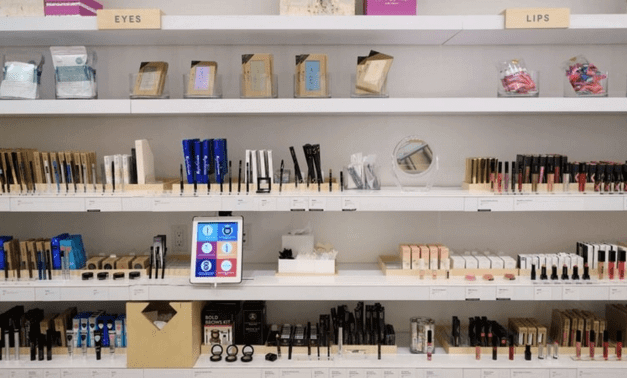It’s all about strategy. 3 different strategies, actually (cross channel, omni-channel and multi-channel).
Back in the days, brands were only using 3 marketing channels: the phone, mails and their store. Then Internet and new technologies arrived, along with new marketing channels (websites, mobile apps, emails, etc.) and new devices (computers, mobile, tablets, etc.).
Today, 70% of French own a smartphone and 6 millions have already used their mobile to purchase a product (source: Fevad). Consumers are always online, having Internet at their fingertips at all times and using on average 2,8 channels before ordering something — according to iAdvize.
So customer experience is more and more cross device. 52% of French say they use several devices when searching for information on a product (source: Criteo). This makes it hard for brands to offer a smooth and unified experience when several devices are used.
If a consumer starts getting information on a product in the morning on his mobile, goes to the store during his lunch break to see it and eventually orders it online in the evening on his tablet, how to ensure all those devices and channels communicate with each other?
To do so, brands have developed the three following marketing strategies.
Multi-channel Marketing
What is multi-channel marketing?
Multi-channel marketing is when clients use one of the brand channels to purchase a product: in-store, on mobile, on a tablet, on a computer, etc. Those channels are not connected to one another, it’s separate entities among the company, different departments that do not share any data.
So if a client is used to order online and goes to the brand’s store, sales people won’t have access to his purchase history. Channels are in competition with one another so for multi-channel brands, consumers have to choose one channel and stick to it.
Cross Channel Marketing
What is cross channel marketing?
With cross channel, clients can use several channels for the same order. The idea is to mix a brand’s channels to smooth the customer experience. “Click & collect” allows clients to order online and get the product in-store for example. On the opposite, a client tries some clothes in a shop, likes it but isn’t 100% sure. He thinks about it later at home and eventually order those clothes online.
Another example could be one of a consumer receiving a coupon via email. He goes to the store to see the product but order it online to take advantage of this voucher. Channels are not in competition anymore, they actually become complementary.
Omni-Channel Marketing
What is omni-channel marketing?
Onmi-channel, is the same idea as a cross-channel strategy. Except that brands add simultaneity. Today, consumers tend to use two channels at the same time. Using a phone in-store, browsing a tablet when watching TV, etc. So clients can compare prices or read reviews on their mobile when they are in a store, before purchasing a product for example.
One channel serves another. Let’s say a client goes to a book store with a specific need, can’t find it so ask a sales person who will check on one of the shop’s computer. So the book isn’t available in store anymore but the sales person says he can order it online, right now, for the client. The client gives his credentials, confirm his address, pays and will receive the book at home.
Omni-channel strategies allow customers to access real-time information, wherever and whenever they want, no matter the channel used. On the other hand, it empowers brands to break the gap between online and offline.
Now let’s see three examples with Ikea, Birchbox and eBay.
Ikea
Ikea launched a virtual reality application so customers can picture furnitures right in their living room. Customers just need to use Ikea catalog, place it where they would like to install their furniture and the mobile app will replace the catalog with the chosen product. Here two channels are used at the same time — the brand’s mobile app and its brochure — to provide customers with a unique experience.
Ikea gives us an example of omni-channel marketing.
Birchbox
When Birchbox opened a shop in Manhattan, the brand wanted this store to look exactly like their website. Tablets were available to customers on the store so anyone can browse Birchbox website, subscribe to their monthly beauty box but most of all, read clients reviews. Here is good example of how a brand can bring offline all the useful data it collects online.

eBay
EBay developed an e-commerce connected mirror for New York clothing brand Rebecca Minkoff. Clients can click on the mirror not only to browse Rebecca Minkoff website. But also to add clothes to their fitting room. A sales person will collect the clothes in the store. And the client will receive a text when her fitting room is ready. Each dressing room also has a connected mirror. So clients can purchase a product from there with just a few clicks.